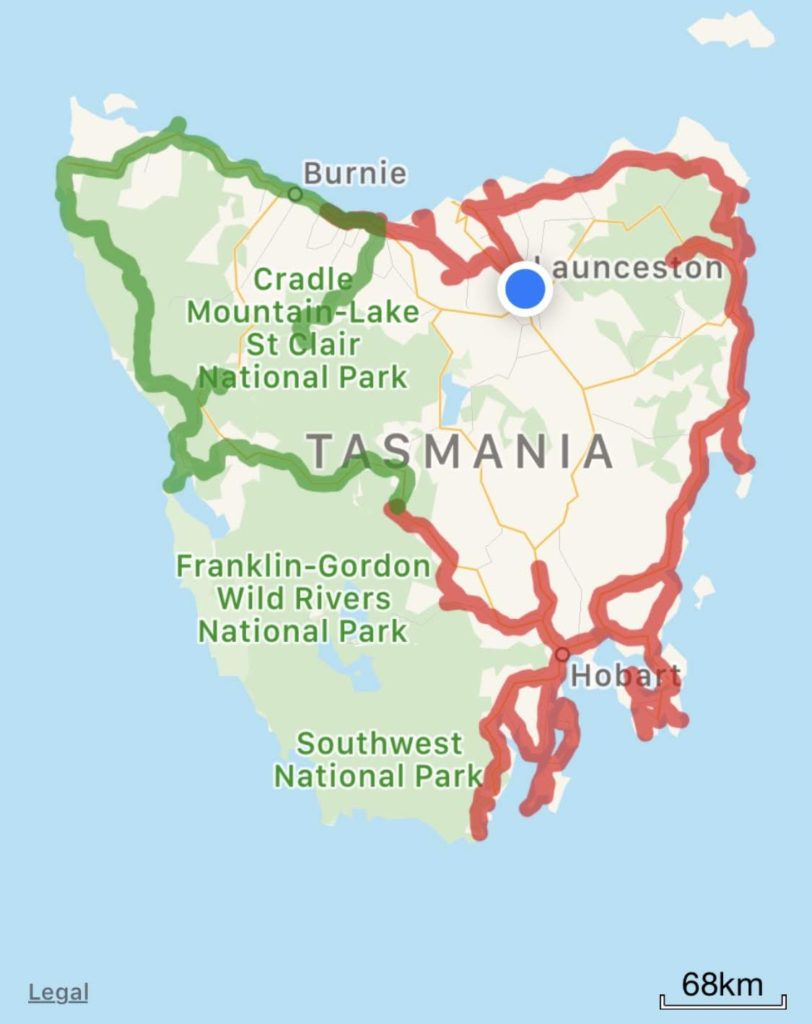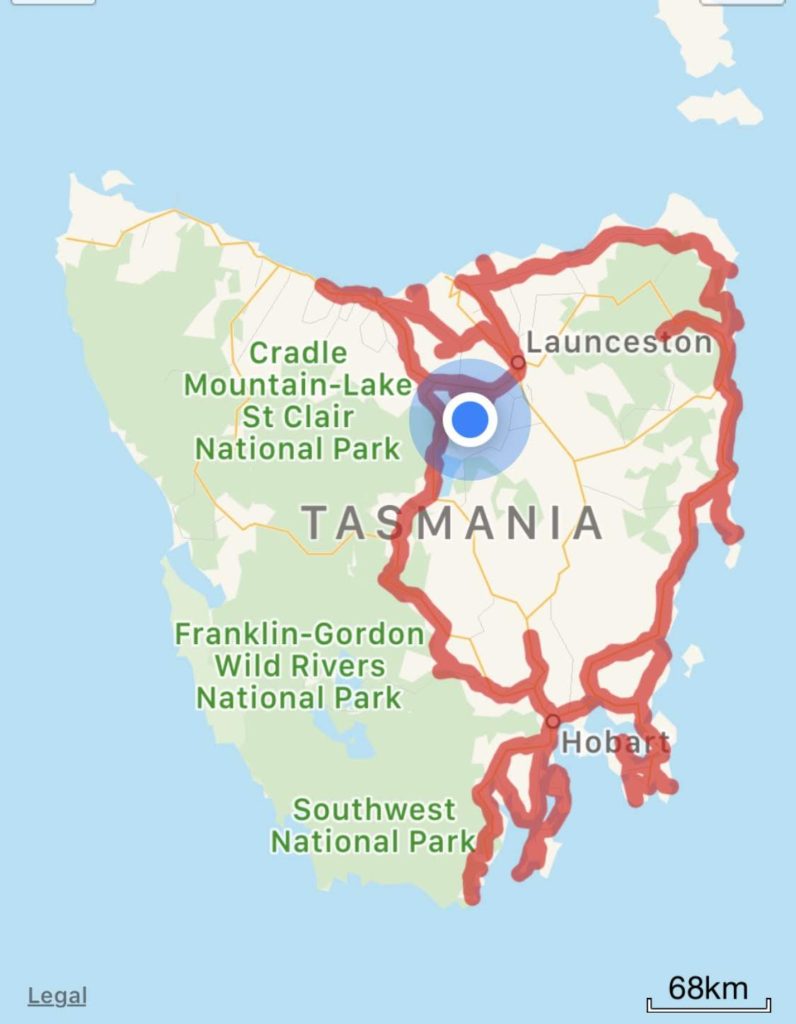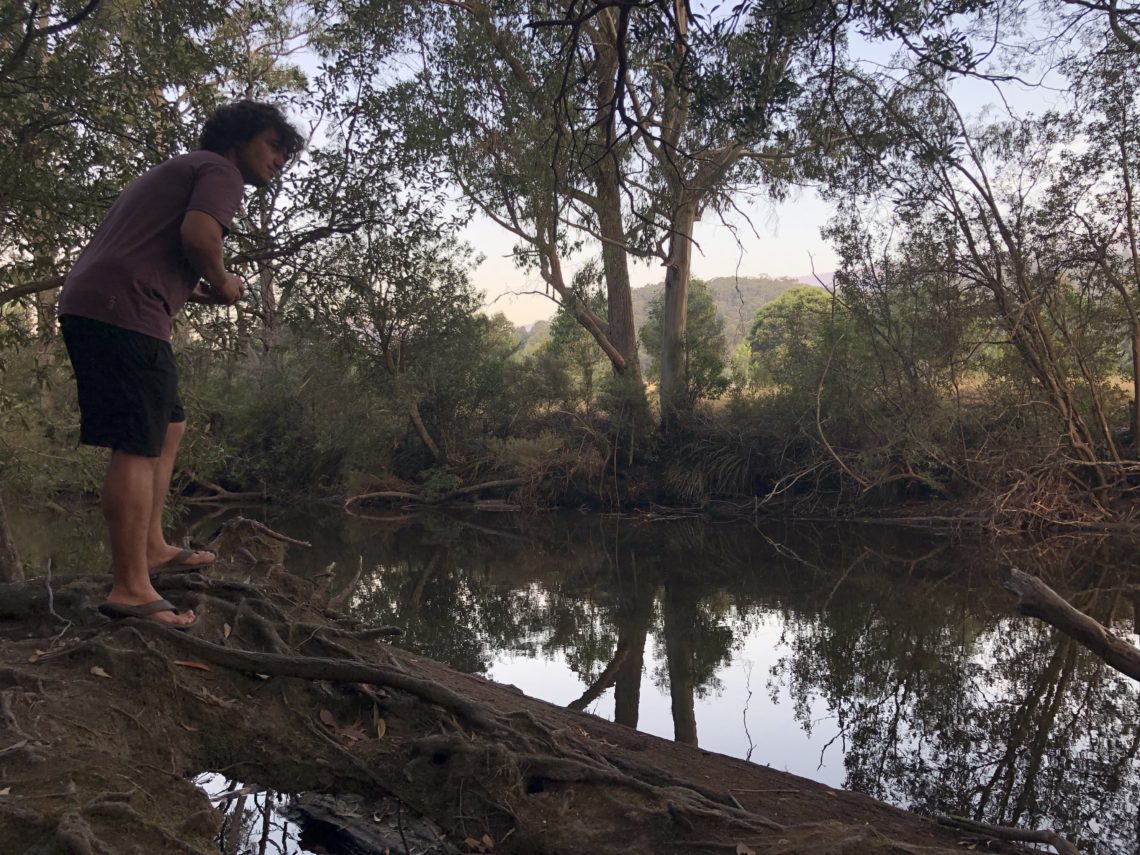
Tasmania Part Six: the southernmost point, wild oysters, Mt Field, and a tow truck ride
I can’t believe we’re on part six of the Tasmania posts. It really goes to show you how much is crammed into such a small state. We were there for four weeks and we’d go back to spend another four weeks in a heartbeat.
Any trip like this one comes with a whole heap of unexpected surprises. Some are wonderful and awe-inspiring, but some are trip-disrupting and wallet-emptying. Tasmania was no exception – we started our time here needing to adjust our route to go east instead of west because of bushfires, and then had to deal with some minor health and mechanical issues along the way that ate up a few precious days. Such is life on the road!
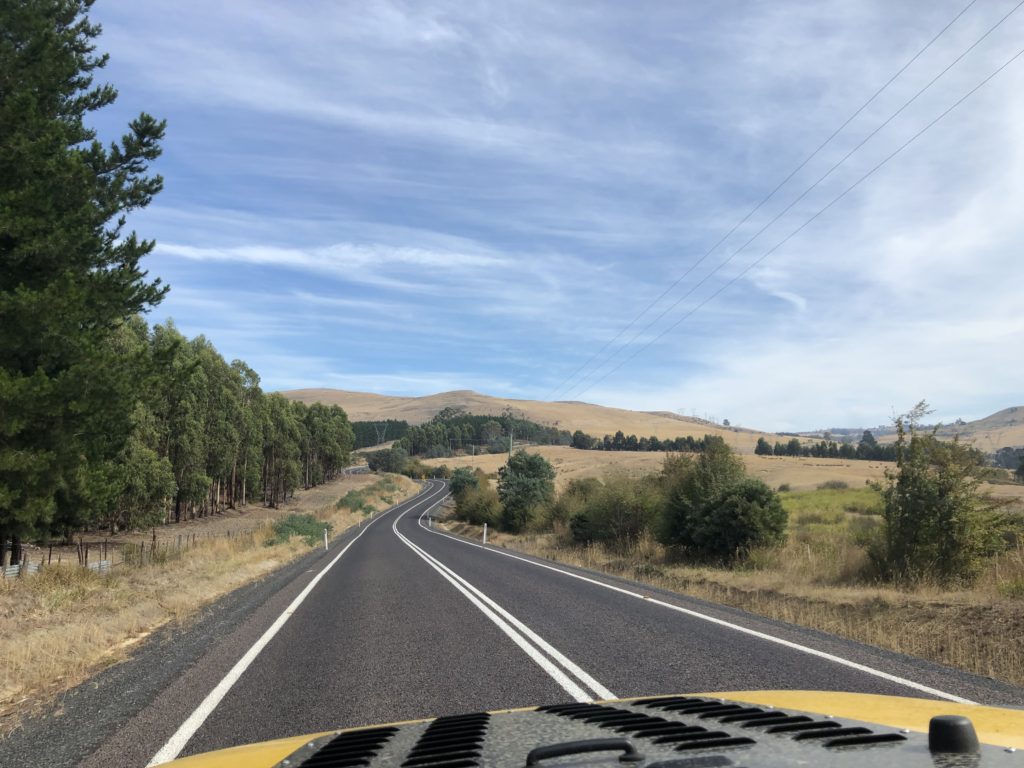
Here’s our map, with what’s covered in this post in green, and what’s been previously covered in red:

Last we left off, we had finished our Bruny Island tour. It was now time for us to head southwest from Hobart to the southernmost point of mainland Tasmania, near Cockle Creek.
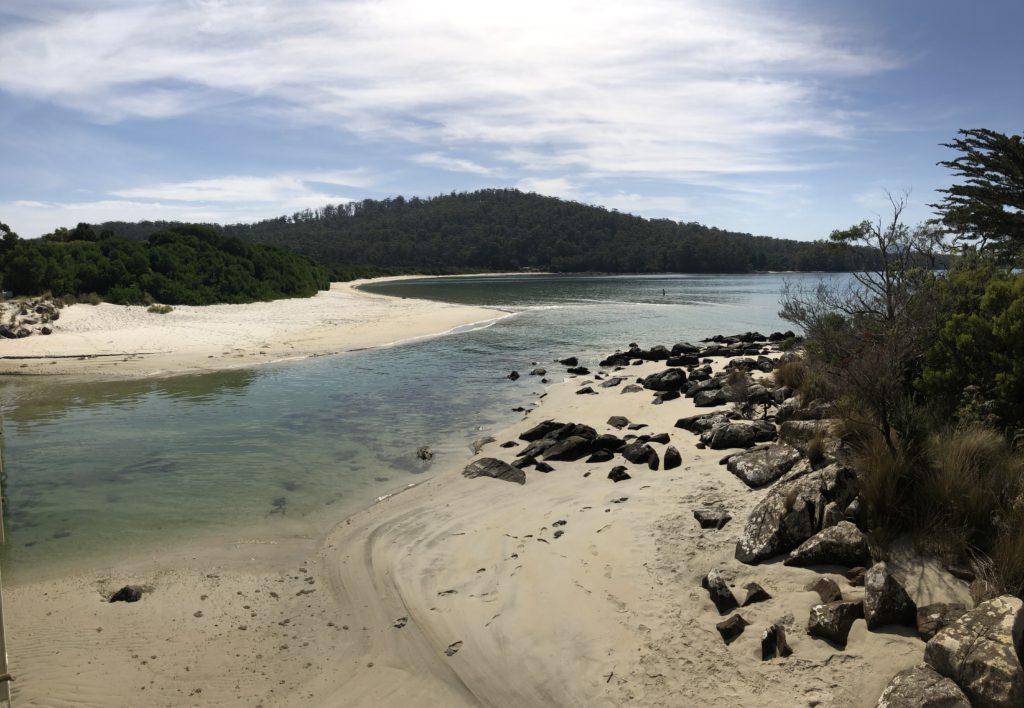
This was a bit of a detour for us, as it’s an “out and back” from Hobart, but we had heard great things about Cockle Creek camping (which definitely did not disappoint), and continuing our trend of hitting geographical milestones, we also wanted to hike to the southernmost point of Tassie – South Cape Bay (we’ve already been to the northernmost, easternmost, westernmost, southernmost, and lowest points of continental Australia).
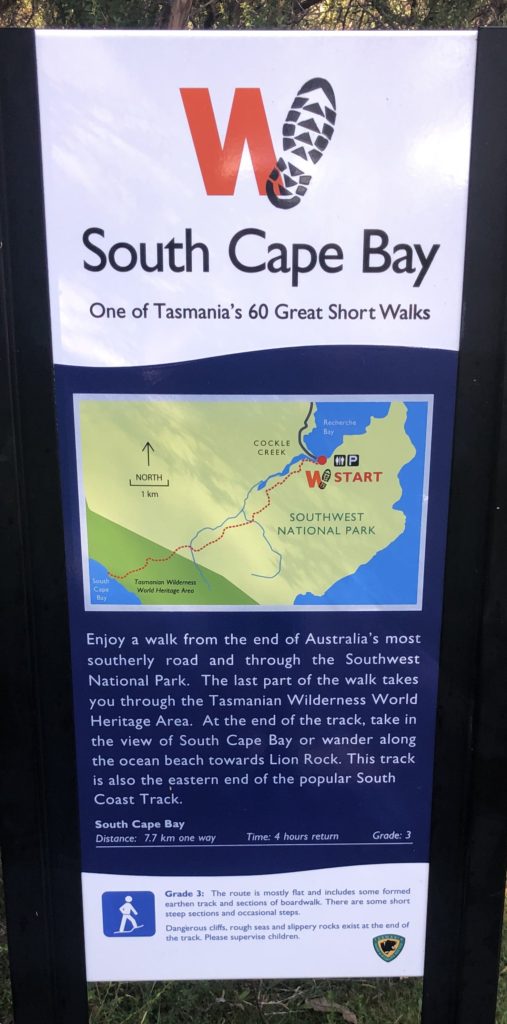
The track was lovely and wound its way through forest, scrub, and hills to end up at a beautiful ocean beach. Another 16km down!





That night, we camped at a free spot at Southport Lagoon. Tasmania has so many amazing free camping spots! This one was no exception.
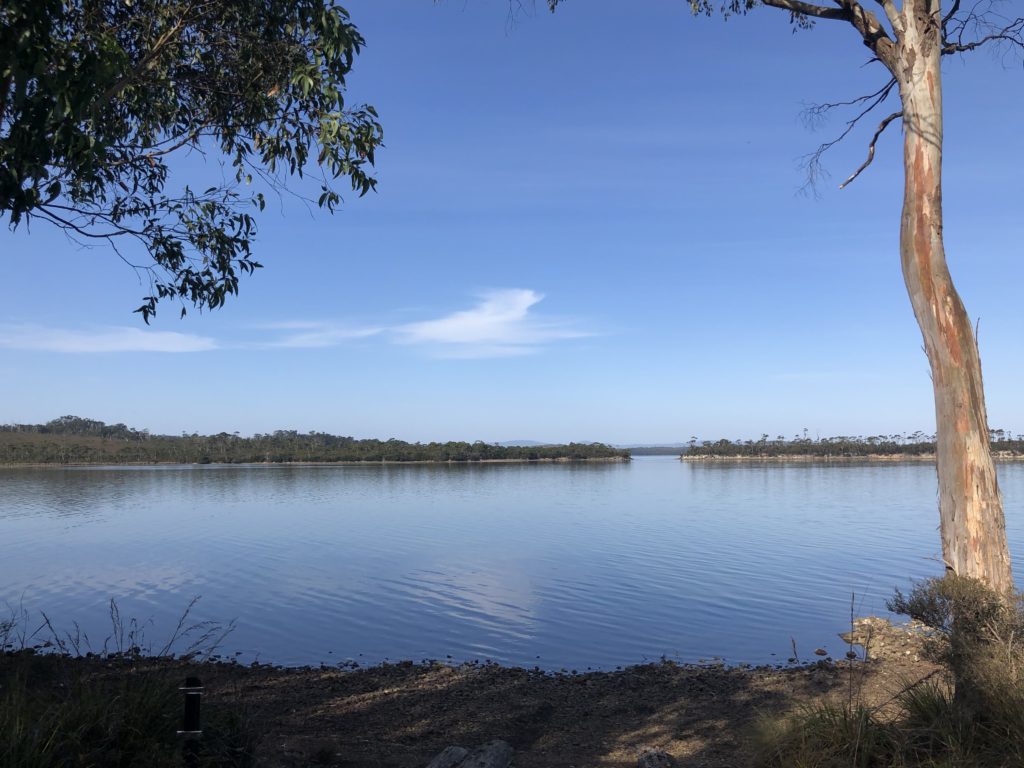
The really fun thing about this place was that we found wild oysters growing on the rocks of the lagoon shore! Now generally it’s not advisable to consume wild oysters – they are filter feeders, so in other words, they eat all of the garbage that’s in the water. You need to be sure that the water around is super clean and doesn’t contain any effluent or sewage to be sure that they’re safe to eat. This being the south coast of Tasmania – we thought we were probably pretty safe – so bottoms up!

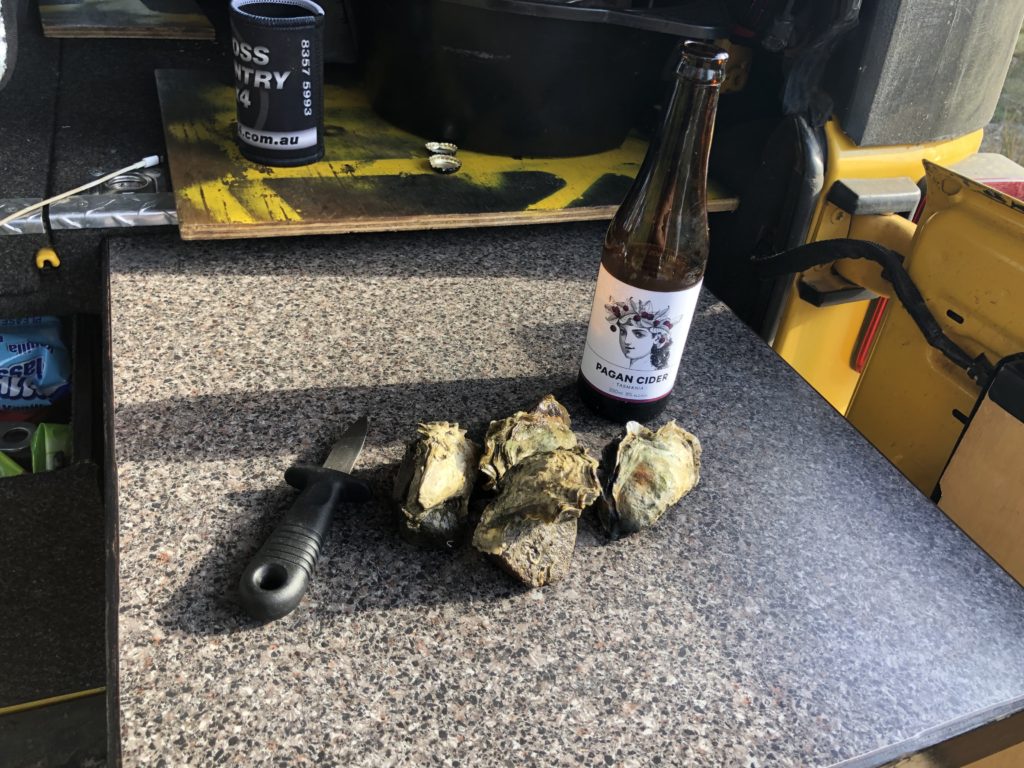

From Southport Lagoon we were excited to FINALLY begin our journey west, up the far more wild west coast, to see sights like Montezuma Falls, and tackle the numerous 4 wheel drive tracks up that way. We began by driving to Mt Field National Park, home of some beautiful waterfalls and walks, and allegedly platypus living in the river steps away from our campsite.


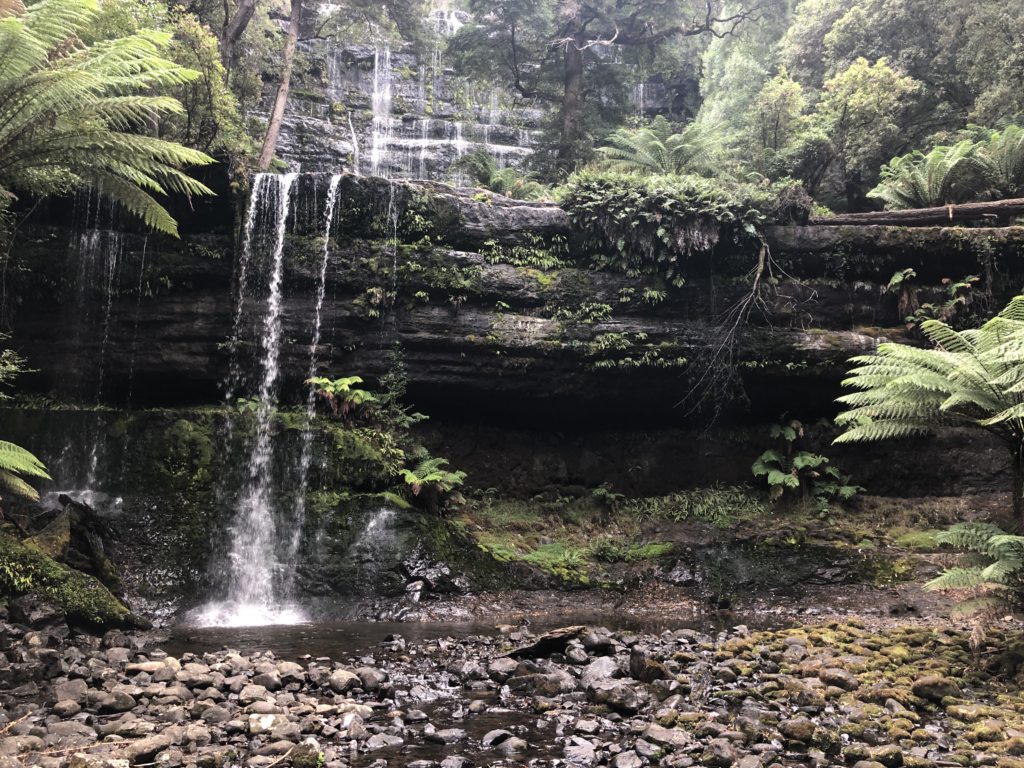
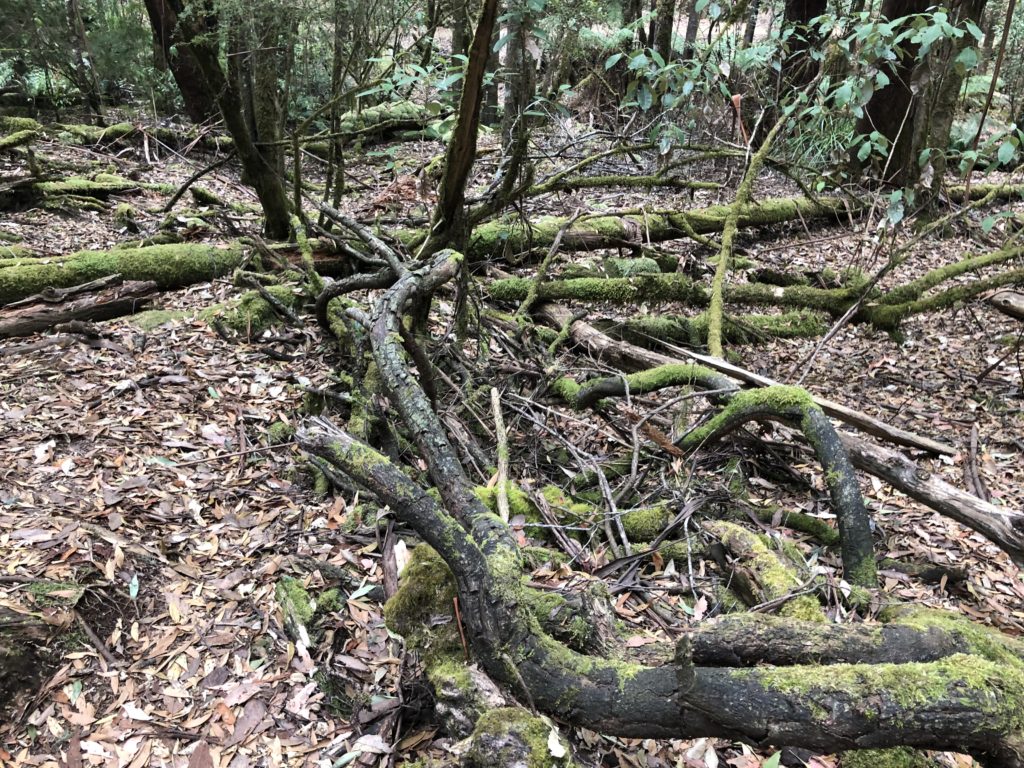
Mt Field was beautiful and we were starting to really look forward to getting back into the really wild bush in our final ten days in Tassie. Leaving Mt Field we were to make our way to Strahan on the west coast, and work our way up from there, hopefully sticking mainly to dirt roads and forest tracks along the way.
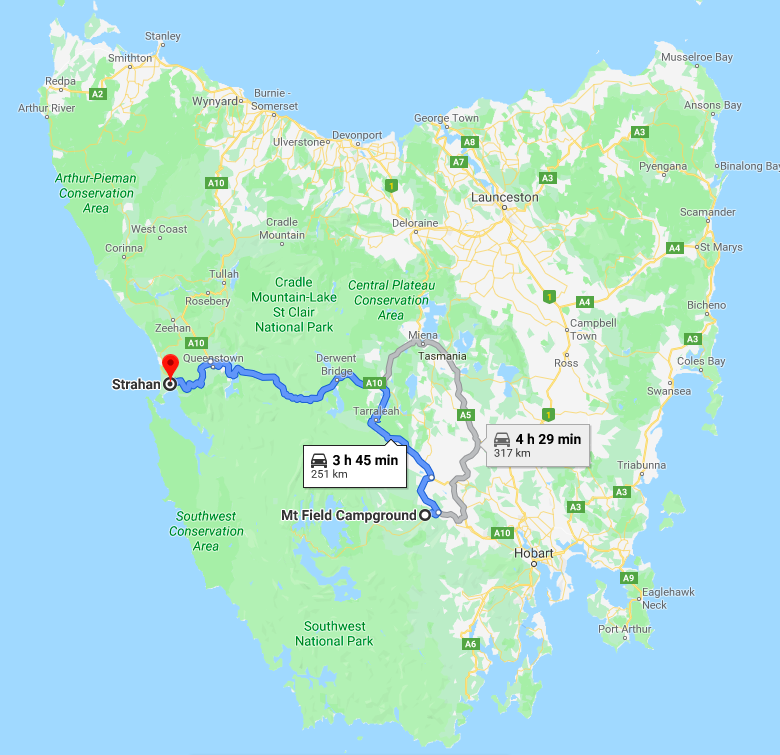
We stopped in the tiny town of Tarraleah for a morning tea break and to check out the local hydroelectric station, which was pretty cool.
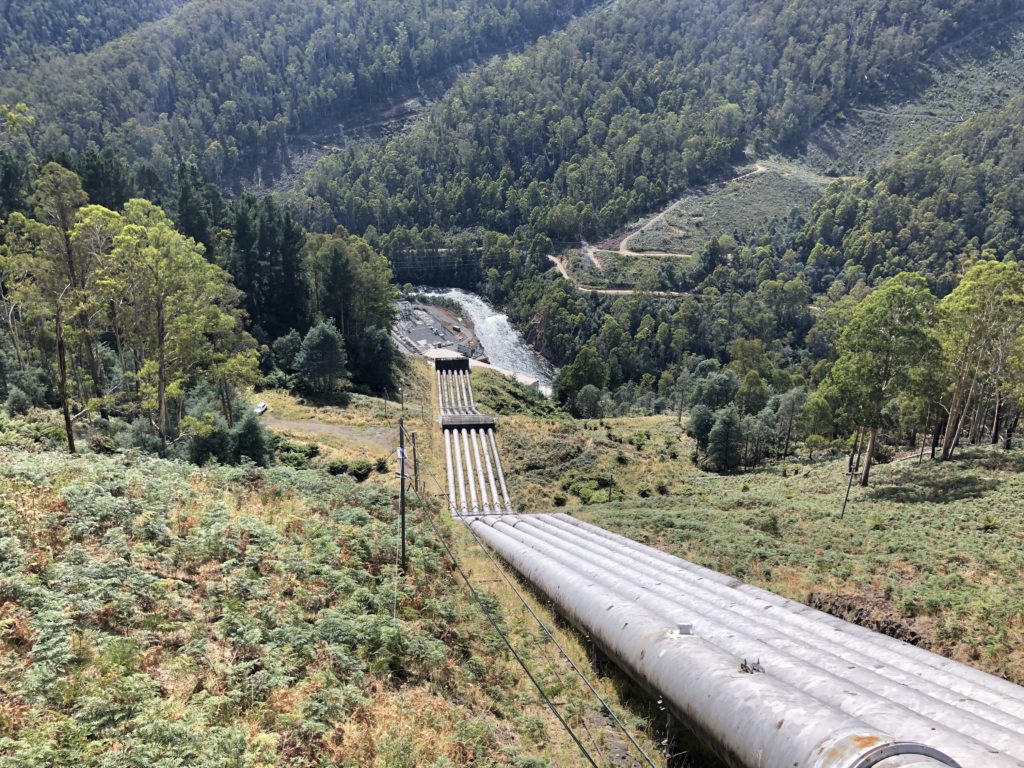
Sadly, as we came back to the Jeep I noticed oil sprayed all over the rear tailgate. Our hearts fell – we had seen this before in Kununurra when we split our front axle, and we’d seen it in Carnarvon when the mechanic installed our rear axle seals backwards. This was not something to be taken lightly. It looked like we wouldn’t be able to tackle the west coast of Tasmania after all.
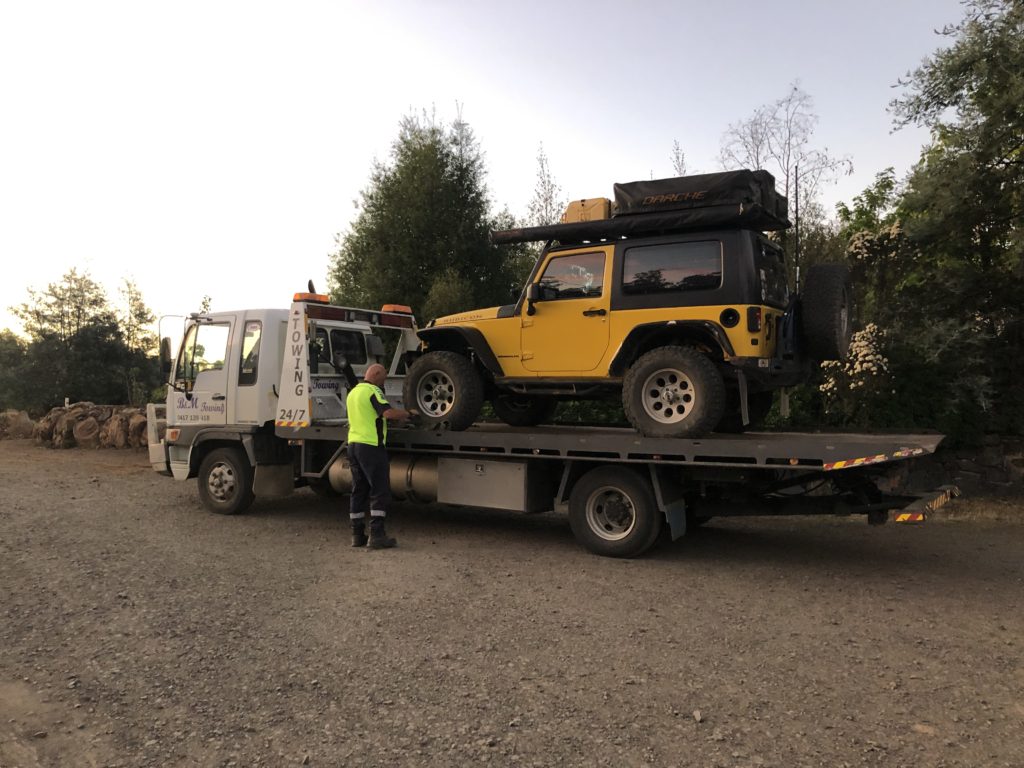
Strahan is the largest town on the west coast of Tassie with a population of a whopping 700 people, so unfortunately it was a huge backtrack for us to get to a mechanic, to the nearest city of Launceston (population 100,000). We arrived at around 2am after needing to wait the whole day first for an RACT assessor to come out to have a look at the Jeep, and then the tow truck driver to make it out to us, and then drive us and Bumblebeast through the winding mountain roads back to town. Thank goodness for NRMA roadside assistance…worth every penny.

Diagnosis for the Jeep: a busted pinion seal; and the diagnosis for our trip: a four day delay in Launceston at a hotel and in a hire car while the right part was ordered and the Jeep was repaired. We made the most of our roadside coverage, touring around Launceston and surrounds, but unfortunately this did mean the death of our Tassie west coast dream. Below are two maps showing what we meant to cover in Tassie, vs what we actually covered…we now have a huge reason to go back!!


